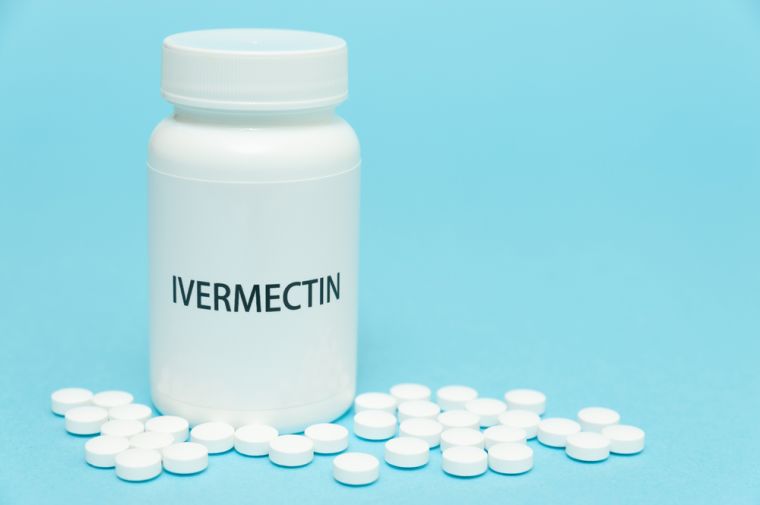Ivermectin iverheal is a medication that has garnered significant attention over the past few years, particularly during the COVID-19 pandemic. Originally developed in the late 1970s, it has been widely used for decades to treat parasitic infections in both humans and animals. But what exactly does ivermectin do once it enters the body? Understanding its mechanism of action, therapeutic uses, and effects can help clarify its role in modern medicine.
A Brief Overview of Ivermectin
Ivermectin was first discovered in the 1970s from a soil-dwelling bacterium called Streptomyces avermitilis. It was initially developed to combat parasitic worms in livestock, but later found to be highly effective in humans as well. Since then, ivermectin has become a cornerstone treatment for diseases like river blindness (onchocerciasis), lymphatic filariasis, and scabies. In fact, it was so impactful that its discoverers were awarded the Nobel Prize in Physiology or Medicine in 2015.
How Ivermectin Works Inside the Body
Once ingested, ivermectin is absorbed through the gastrointestinal tract and distributed via the bloodstream to various tissues, especially fat tissue where it accumulates and acts over time.
Its primary mechanism of action is targeting specific ion channels in the nervous systems of parasites. Ivermectin binds to glutamate-gated chloride channels found in invertebrates such as nematodes (roundworms) and insects. These channels are crucial for normal nerve and muscle function. When ivermectin binds to them, it causes an influx of chloride ions, leading to paralysis and eventually death of the parasite.
Importantly, these glutamate-gated chloride channels are not present in humans. This means that ivermectin can selectively target parasites without causing significant harm to the human nervous system—at least when used in the correct dosages.
In addition to its effect on glutamate-gated channels, ivermectin can also interact with other types of channels, such as GABA (gamma-aminobutyric acid) receptors. These are more common in humans but are typically confined to the central nervous system, which ivermectin doesn’t easily cross due to the blood-brain barrier. This helps explain its relative safety in humans.
Therapeutic Uses in Humans
Ivermectin is FDA-approved for treating several parasitic diseases in humans, including:
- Onchocerciasis (river blindness): Caused by the Onchocerca volvulus worm, this disease can lead to severe itching, skin conditions, and even blindness. Ivermectin kills the microfilariae (larval stage) of the parasite.
- Strongyloidiasis: A potentially dangerous intestinal infection caused by the Strongyloides stercoralis worm.
- Scabies and lice: Topical and oral ivermectin can effectively treat infestations by these ectoparasites.
- Lymphatic filariasis: A disease caused by thread-like filarial worms that can lead to lymphedema and elephantiasis.
Beyond its antiparasitic uses, researchers have investigated ivermectin for its potential antiviral, anti-inflammatory, and even anticancer properties. However, many of these applications remain experimental.
The COVID-19 Controversy
During the COVID-19 pandemic, ivermectin gained public attention as a potential treatment. Some laboratory studies showed that ivermectin could inhibit the replication of the SARS-CoV-2 virus in cell cultures. However, these studies often used concentrations far higher than what is safe or achievable in the human body through standard dosing.
Despite this, some individuals began self-medicating with veterinary formulations, which led to a surge in poison control calls and adverse events. Major health organizations, including the FDA, WHO, and CDC, emphasized that ivermectin should not be used to treat COVID-19 outside of clinical trials. Large, high-quality studies did not find sufficient evidence that ivermectin significantly benefits COVID-19 patients.
Metabolism and Excretion
Inside the body, ivermectin is metabolized primarily by the liver through enzymes like CYP3A4. It is then excreted in the feces, with a small percentage eliminated via urine. The drug has a relatively long half-life, often lasting 12 to 36 hours, which allows it to remain active in the system for an extended period.
Safety and Side Effects
When used appropriately, ivermectin is generally safe and well-tolerated. Common side effects include nausea, dizziness, fatigue, and mild skin rashes. In rare cases, more serious side effects like low blood pressure or neurological symptoms may occur, especially if taken in excessive doses or in people with certain parasitic infections like Loa loa.
It’s also important to note that ivermectin can interact with other medications, particularly those that affect the liver or nervous system. Always consult a healthcare provider before using it.
Conclusion
Ivermectin is a powerful antiparasitic drug that works by disrupting the nervous systems of specific parasites, leading to their paralysis and death. It has played a transformative role in global health, particularly in eradicating debilitating parasitic diseases. While it has been explored for other uses—including antiviral and anti-inflammatory effects—these remain under investigation. When used correctly and for its intended purposes, ivermectin is a safe and effective medication.



